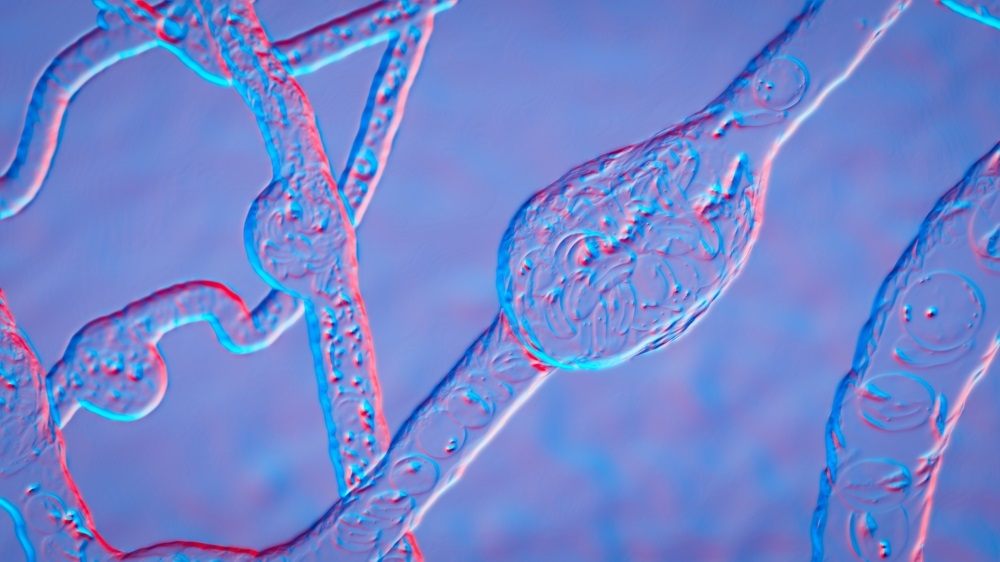Diabetic retinopathy is a serious complication of diabetes that affects the eyes. It’s essential to comprehend this condition, learn how to prevent it and understand effective management strategies. This comprehensive guide will explore all aspects of diabetic retinopathy, from its causes to the latest treatments. So, let’s dive in and demystify this condition.
What Is Diabetic Retinopathy?
It is a progressive eye disease that occurs in individuals with diabetes. It primarily affects the retina, the light-sensitive tissue at the back of the eye. High blood sugar levels can damage the blood vessels in the retina, leading to vision problems and, in severe cases, blindness.
The Stages
Non-Proliferative Diabetic Retinopathy (NPDR)
At this early stage, small blood vessels in the retina weaken and leak fluid, causing swelling and blurred vision.
Proliferative Diabetic Retinopathy (PDR)
In this advanced stage, new, fragile blood vessels grow on the retina’s surface, increasing the risk of bleeding into the eye.
Understanding the Causes
The primary cause of this disease is prolonged exposure to high blood sugar levels. However, several factors can increase your risk:

- Poorly Managed Diabetes: Inadequate blood sugar control is the leading risk factor.
- High Blood Pressure: Hypertension can exacerbate retinal damage.
- Smoking: Smoking increases the risk of it.
- Genetics: A family history of diabetes can predispose you to this condition.
Prevention Strategies
Preventing it starts with managing your diabetes effectively:
- Regular Monitoring: Keep a close eye on your blood sugar levels.
- Healthy Lifestyle: Maintain a balanced diet and engage in regular physical activity.
- Control Blood Pressure: Manage hypertension through medication or lifestyle changes.
- Quit Smoking: Kick the habit to reduce the risk of complications.
Management and Treatment Options
Early detection and intervention are crucial in managing this disease. Treatments include:

- Laser Therapy: This procedure helps seal leaking blood vessels and reduce abnormal vessel growth.
- Anti-VEGF Injections: These injections block the growth of abnormal blood vessels.
- Vitrectomy: In severe cases, a surgical procedure may be necessary to remove blood or scar tissue from the eye.
Living with Diabetic Retinopathy
Adjusting to life with the disease can be challenging, but it’s possible to maintain a fulfilling life:
- Regular Eye Exams: Continue routine eye check-ups to monitor your condition.
- Vision Aids: Explore low-vision aids and adaptive technology to enhance your quality of life.
- Support Network: Lean on friends, family, and support groups for emotional support.
FAQs
Can diabetic retinopathy be reversed?
While early stages may be managed effectively, advanced stages may have irreversible effects. Regular monitoring is crucial for early intervention.
How often should I have an eye exam if I have diabetes?
Having a comprehensive eye exam at least once a year is recommended. More frequent exams may be necessary if you have diabetic retinopathy.
Are there any natural remedies for diabetic retinopathy?
While a healthy lifestyle can help, no natural remedies can replace medical treatment for it.
Can diabetic retinopathy cause total blindness?
In severe cases, untreated diabetic retinopathy can lead to total blindness. This is why early detection and management are crucial.
Are there any advancements in diabetic retinopathy treatment on the horizon?
Ongoing research is exploring new treatments and therapies for it. Stay informed through your healthcare provider.
Conclusion
In conclusion, diabetic retinopathy is a serious complication of diabetes that can lead to vision loss if not properly managed. Understanding its causes, taking preventive measures, and seeking early treatment are essential to preserving your vision. Maintaining healthy lifestyle choices and regular eye check-ups can reduce the risk and impact of it.

